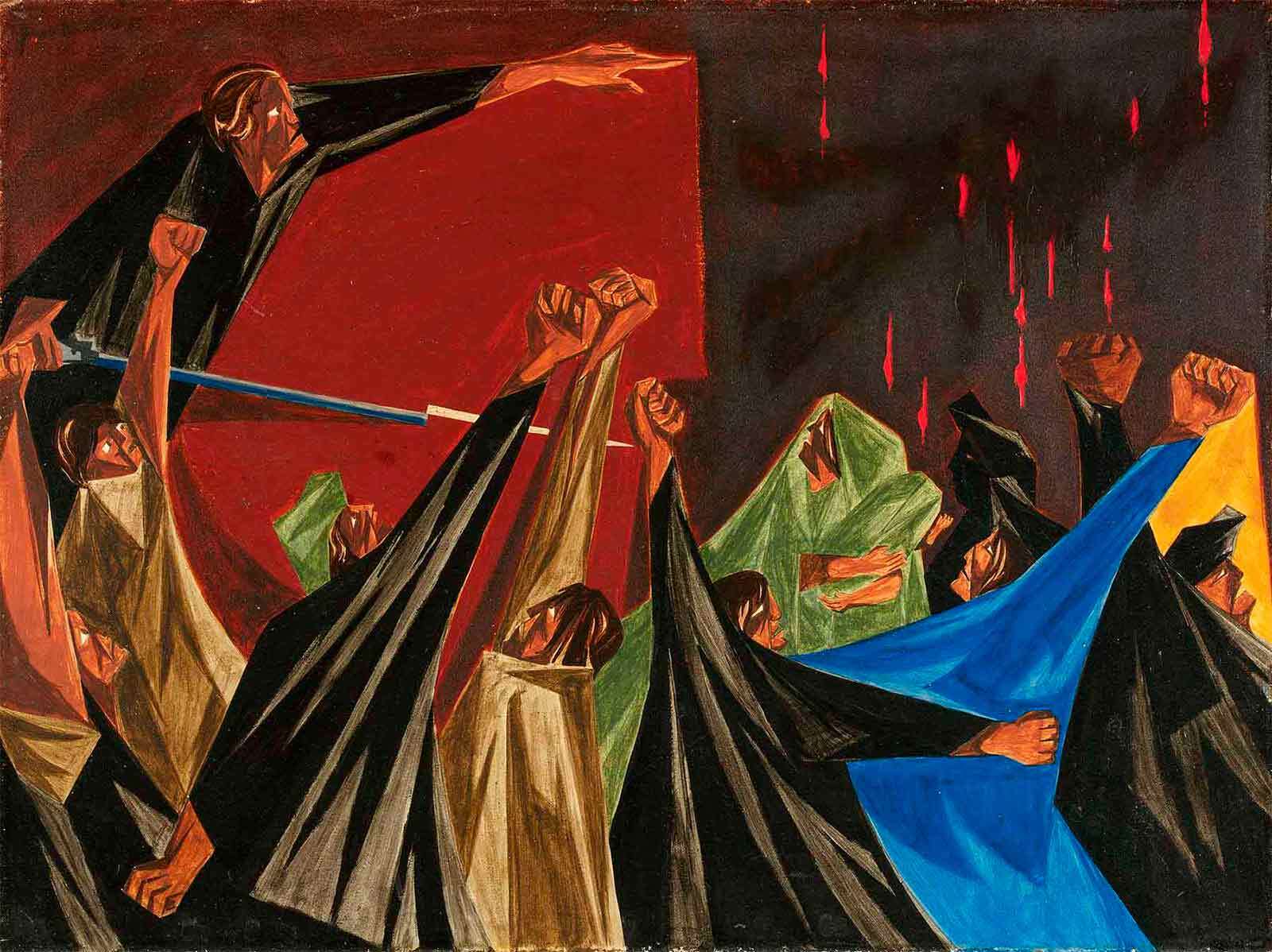Jacob Lawrence
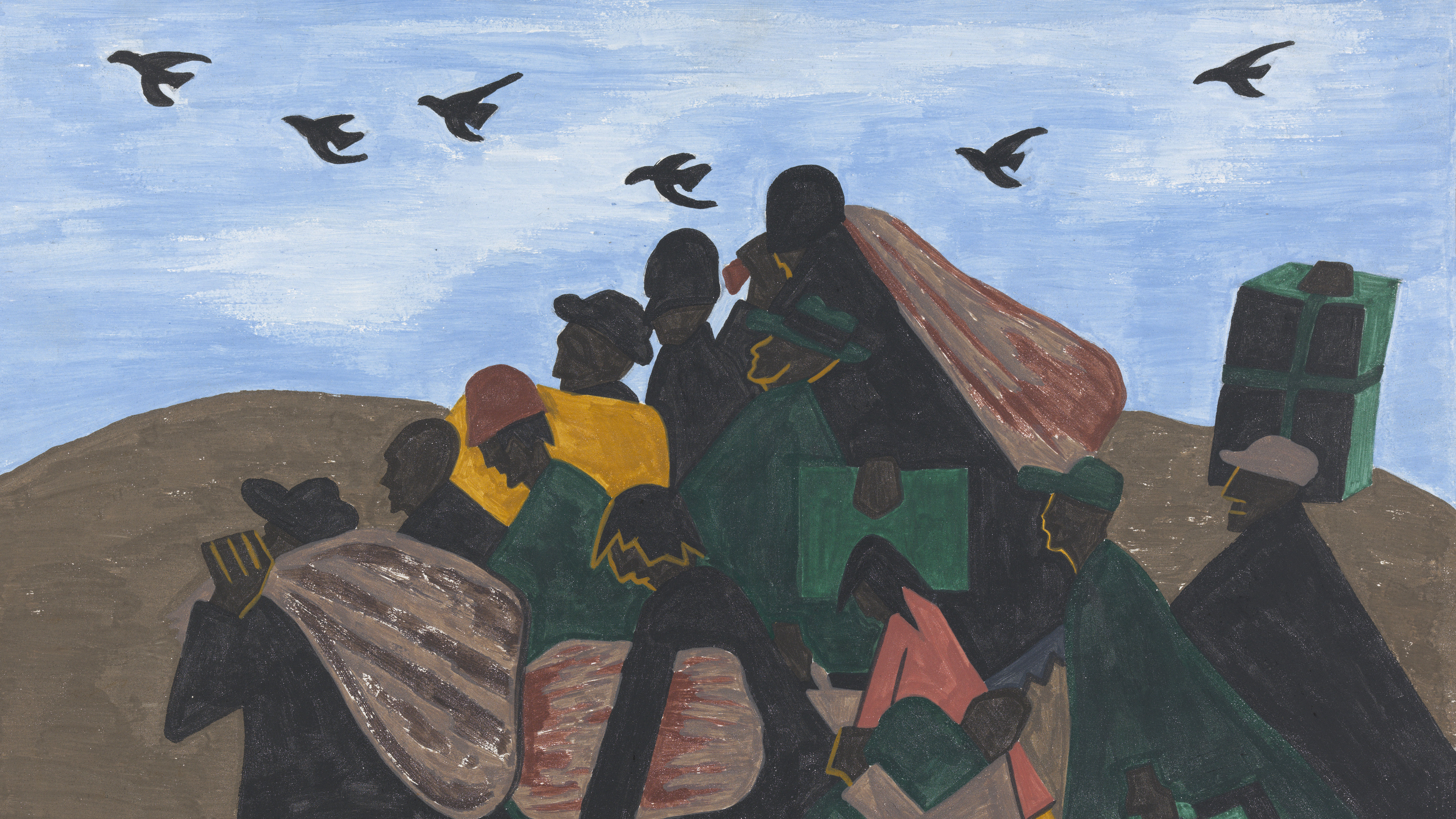
Jacob Lawrence, born in 1917 in Atlantic City and raised in Harlem, became one of the most influential American artists of the 20th century. Coming of age during the Harlem Renaissance, Lawrence developed a bold, modernist style that fused African American history with striking visual clarity. He often painted in narrative series, using multiple panels to tell big stories, and became known for transforming historical and everyday Black experiences into vibrant, accessible art.
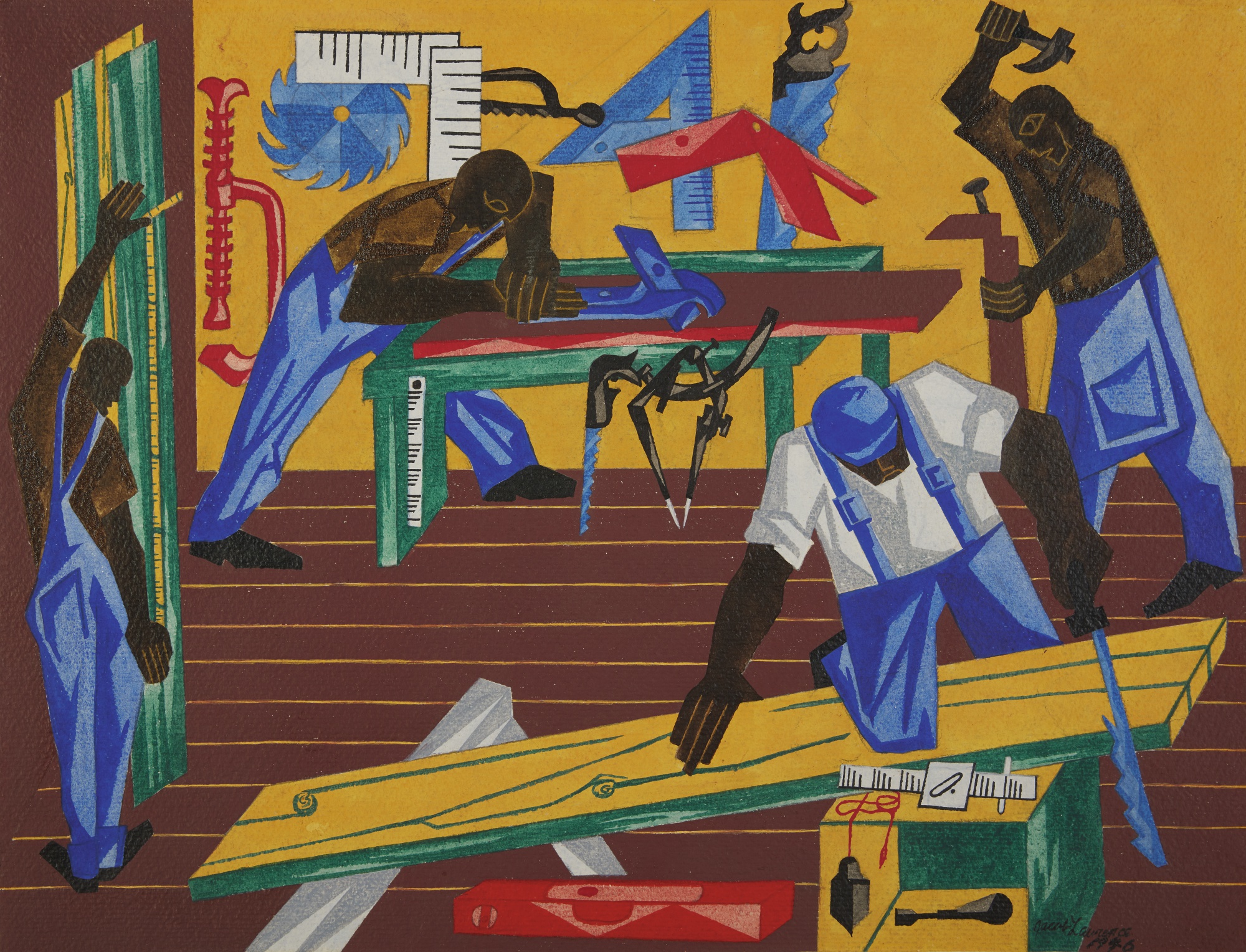
Lawrence’s breakout work, 'The Migration Series' (1940–41), traced the mass movement of African Americans from the rural South to the urban North. With sixty panels painted in tempera on hardboard, he depicted hope, hardship, and resilience through flat shapes, vivid color, and sharp lines. The series was an immediate sensation—shown in New York’s Downtown Gallery and jointly acquired by MoMA and The Phillips Collection, making Lawrence the first African American artist represented by a major commercial gallery.
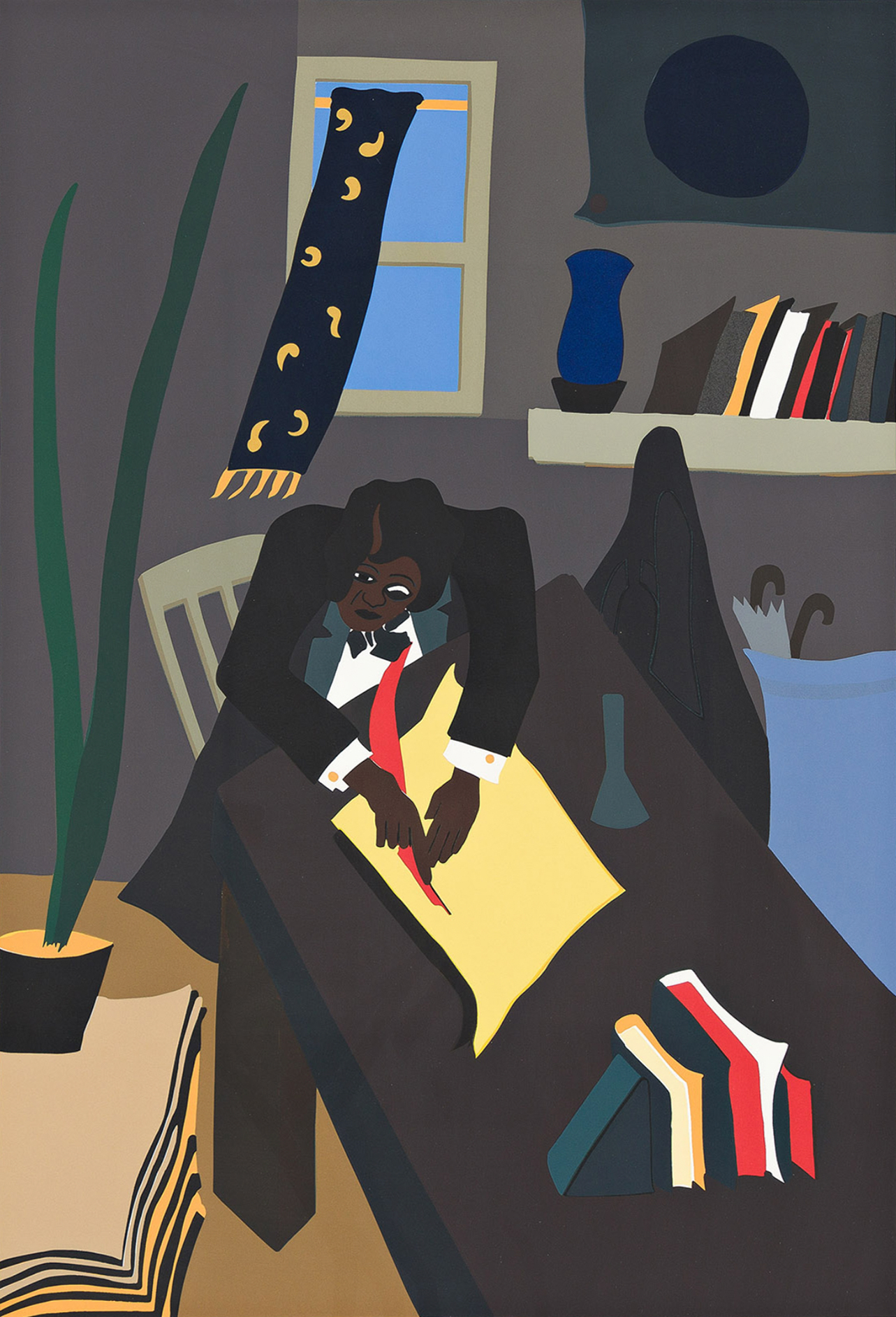
Through series on figures like Frederick Douglass, Harriet Tubman, and Toussaint Louverture, Lawrence centered Black agency in American history. His 1954–56 project 'Struggle: From the History of the American People' challenged Cold War patriotism by depicting lesser-known stories of revolution and resistance, often featuring women and people of color left out of traditional narratives. He wasn’t just making art, he was rewriting who gets to be remembered.
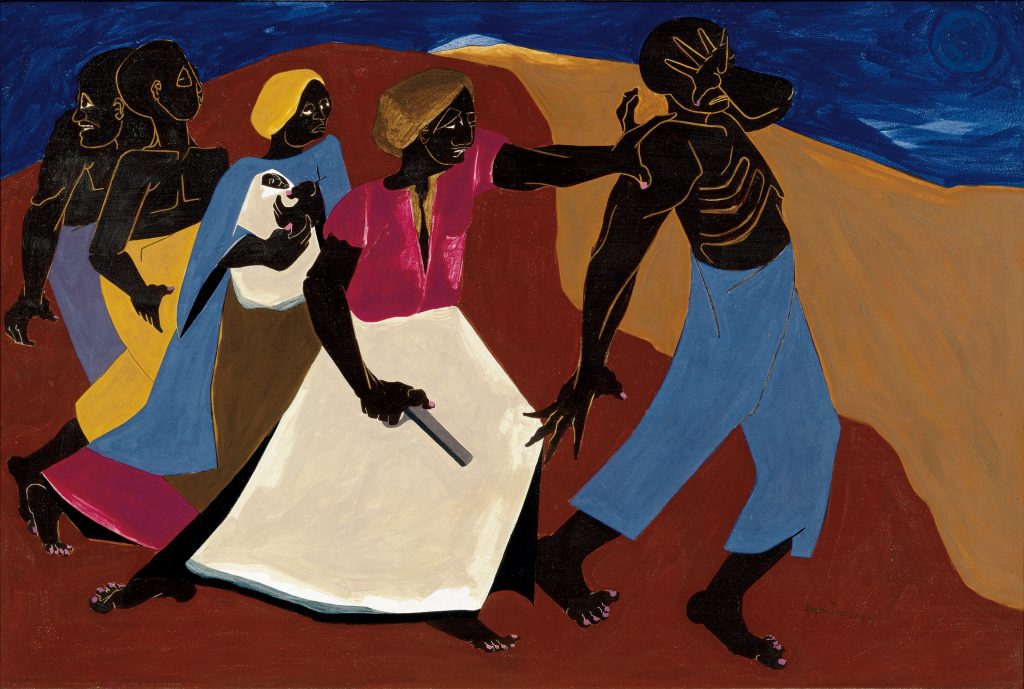
A lifelong educator, Lawrence taught at institutions like Black Mountain College and the University of Washington, where he remained until his death in 2000. His legacy lies not only in his paintings but in his commitment to using art as a civic tool — teaching, testifying, and making history visible. For Lawrence, painting wasn’t just about aesthetics, it was about truth, struggle, and the dignity of the human experience.
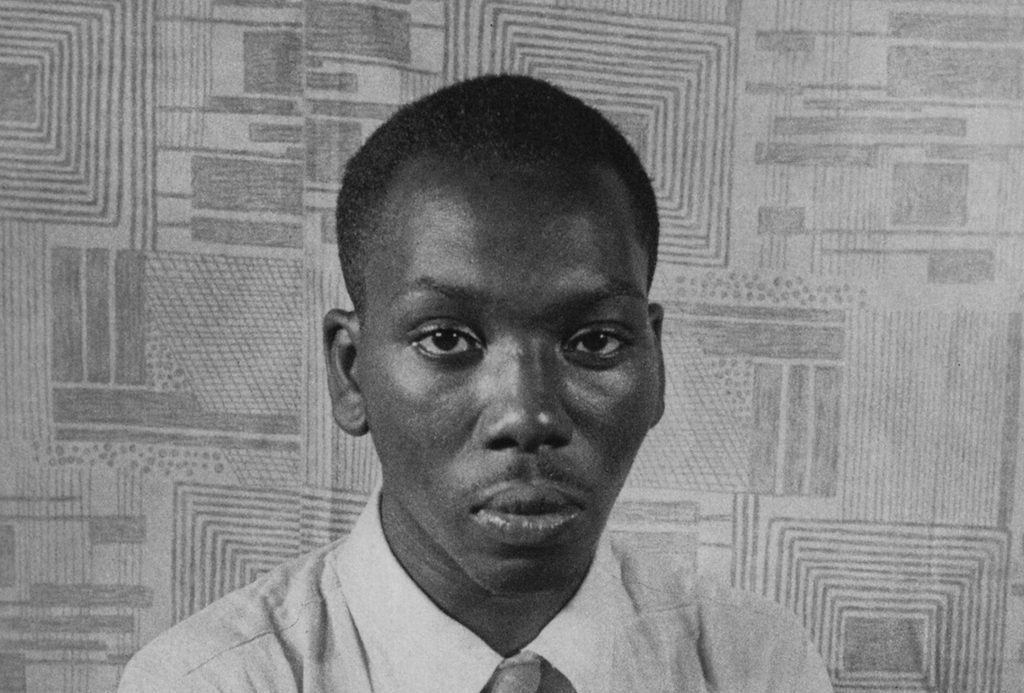
?
How do Jacob Lawrence’s paintings in The Migration of the Negro tell a bigger story about American history?
Why did Lawrence choose bright, flat colors and strong outlines to show everyday life?
How might his work inspire people to learn more about Black history?
What new perspectives do you see in Lawrence’s art that you don’t typically find in textbooks?
How did the Harlem Renaissance influence Lawrence’s approach to painting and storytelling?
How did Lawrence’s teaching career help spread awareness of African American art and culture?
Dig Deeper
Amid the McCarthy hearings and the launch of the civil rights movement in the 1950s, painter Jacob Lawrence sought to frame early American history the way he saw it. His ensuing work, the sprawling series “Struggle,” has been reassembled and is now on a national tour, with its first stop at the Peabody Essex Museum in Massachusetts.
Discover more

Jean-Michel Basquiat
Basquiat’s art is a reminder that true genius doesn’t wait for validation — it interrupts, disrupts, and reclaims. He didn’t just break into the art world; he broke it open, proving that creativity, when wielded with truth and urgency, can rewrite the rules, reclaim the narrative, and shake the system to its core.

Faith Ringgold
Faith Ringgold didn’t just make art—she quilted justice, memory, and revolution into every thread. Her work teaches us that stories passed down become power passed forward, and that when we tell the truth in color, in fabric, in fearless honesty, we don’t just preserve history, we transform it. The future is stitched by those brave enough to remember and reimagine.

Leonardo da Vinci
Leonardo da Vinci taught us that curiosity is the raw material of genius. He shattered the idea that art and science must live in separate worlds—and instead, fused them into something greater. His life is a blueprint for those who dare to ask, 'What if?' and then pick up a pencil—or a scalpel—to find out.
Further Reading
Stay curious!
